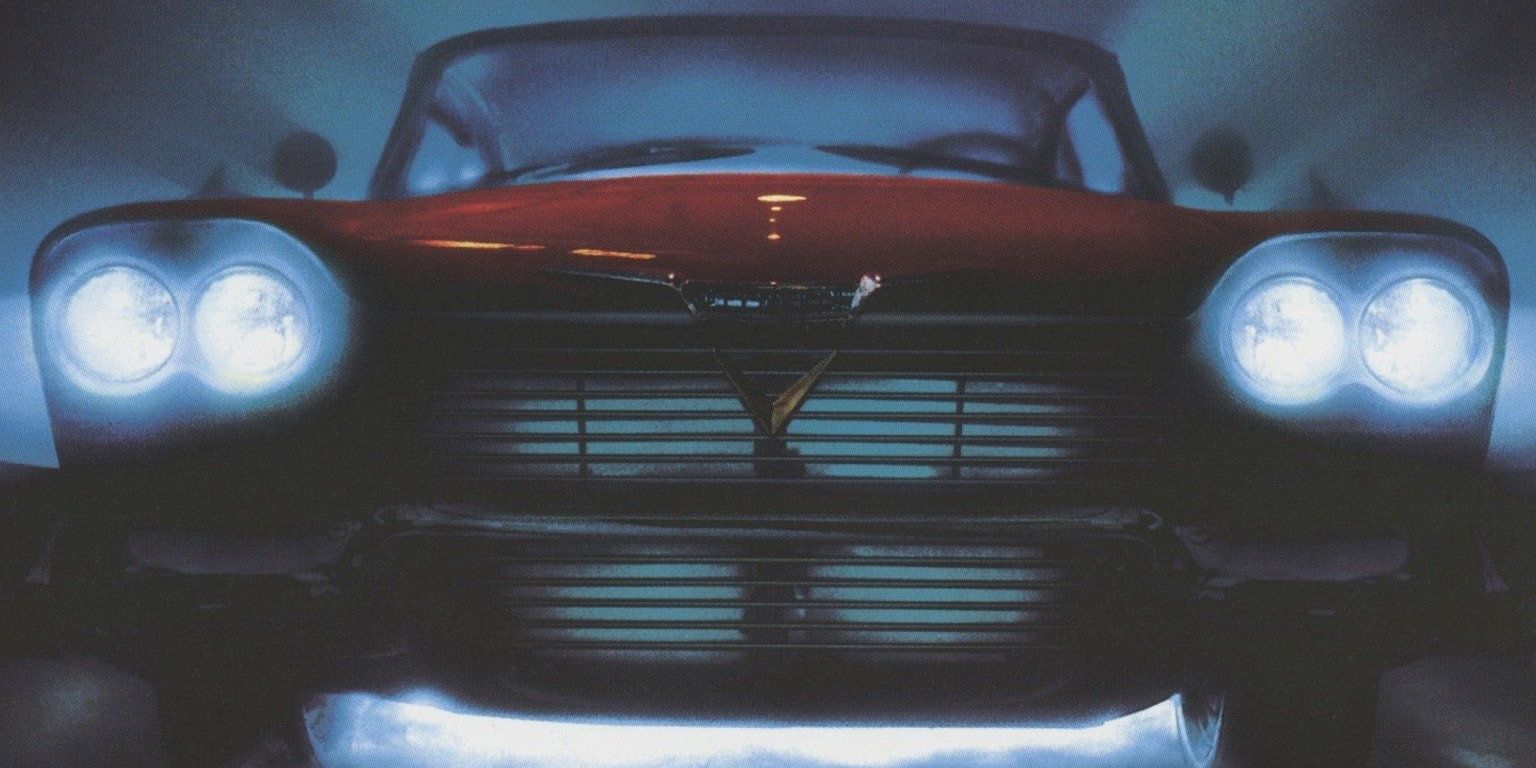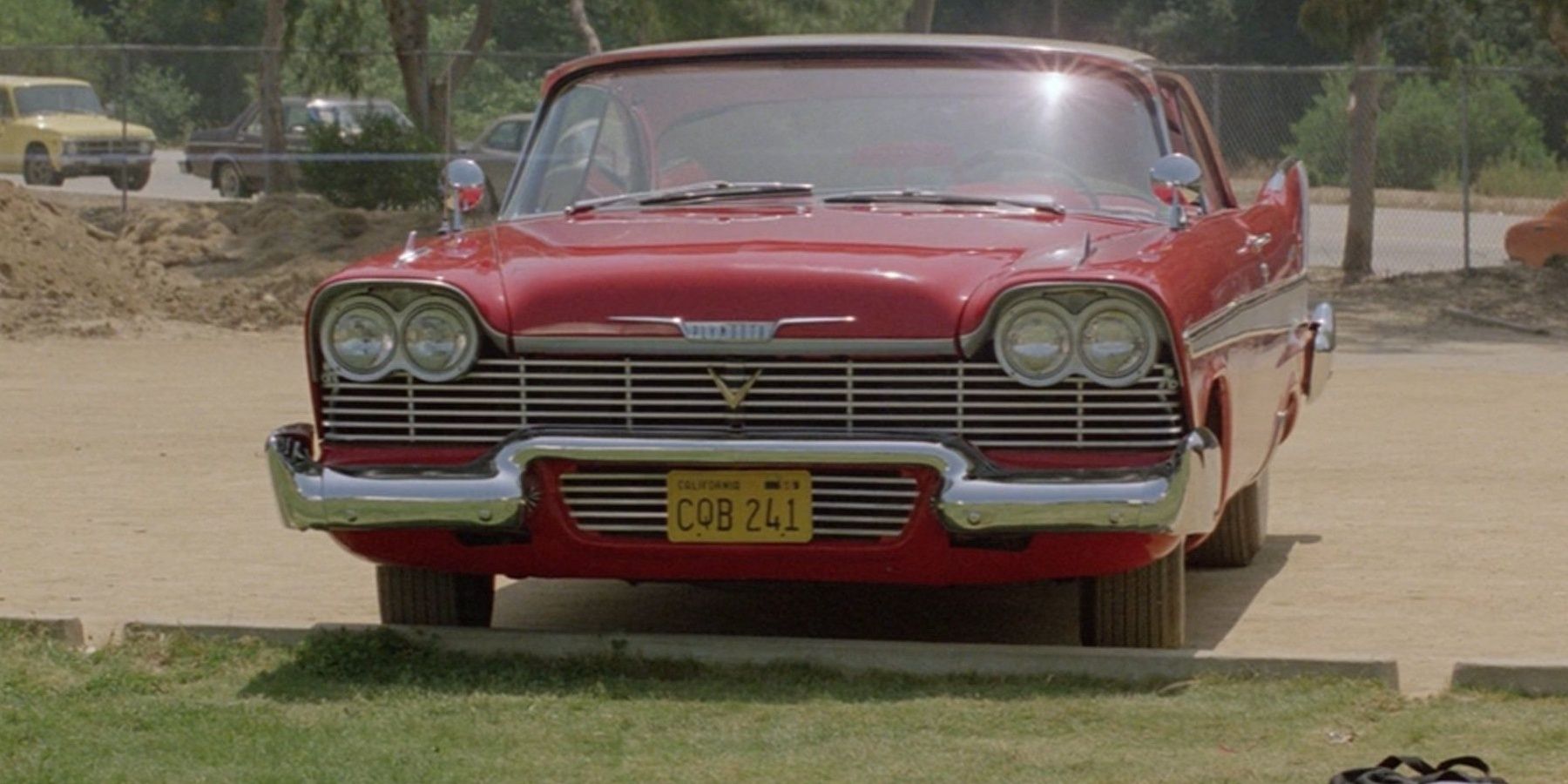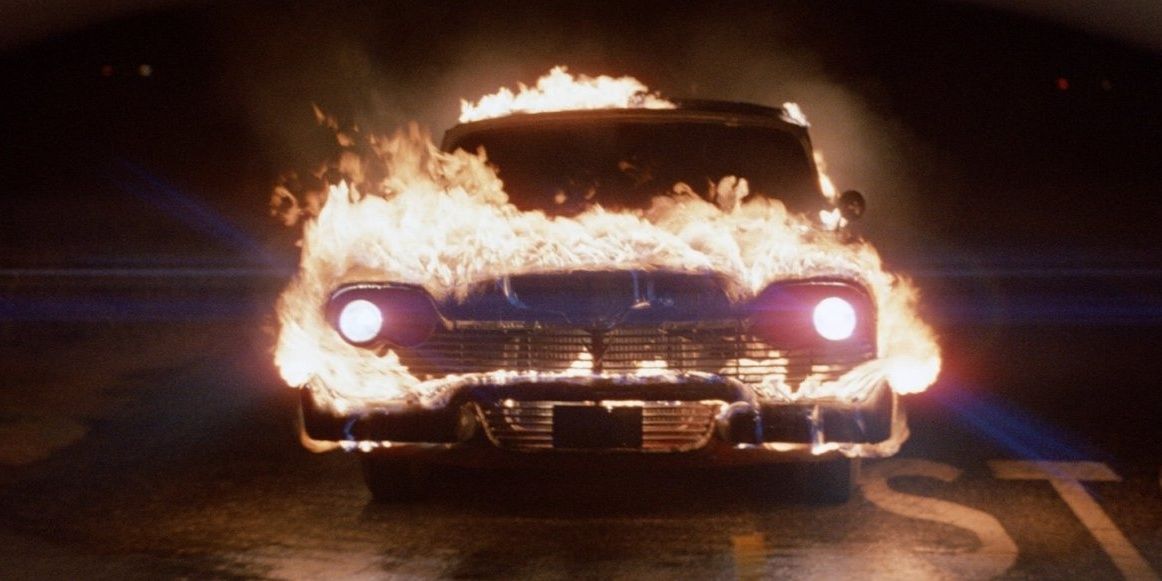John Carpenter’s Christine is certainly an entertaining watch, as one would expect it to be, being from a director responsible for many highly acclaimed films such as Halloween and The Thing (which is a better coronavirus-era film than Contagion, and so anyone who has not seen it, or even just has not seen it recently, should absolutely watch it). Christine was actually shot in the same town as Halloween, South Pasadena, California. On a budget of 10 million, it grossed 21 million at the box office. Carpenter himself however did not even attend the premiere of the film, believing it to be bad luck.
Christine is based on a Stephen King novel by the same name, and although it is certainly not the best Stephen King film adaption, it is still one of the better ones. The story takes place in 1978, following a high school student, Arnold “Arnie” Cunningham. Arnie is not a popular kid at school, he seems to be consistently bullied and appears to have only one friend, Dennis. While driving one day, Arnie and Dennis see Christine, a run-down red and white Plymouth Fury for sale. Arnie buys Christine and starts to fix up the car. Almost as soon as he buys her, he starts to act differently, and his changes become more and more obvious the longer he has the car.
Soon enough, it becomes clear that Christine is possessed, haunted or cursed in some way, having a mind of her own and the ability to move freely as if she were alive. She exacts revenge on all those who she feels have wronged her, the punishment always death, no matter how insignificant the wrongdoing in question may be. At the start of the film, she kills a man just for ashing a cigar in her backseat. The car is even able to repair itself after it is damaged. There is an incredible scene in the film where the audience sees Christine doing this, and since the film was made in the 80s, it is all done with practical effects.
Apparently, in order to create this effect, the production team built various versions of the car that were just plastic, but the material looked more like metal on camera. They then put a series of hydraulic pumps attached to cables, attached to the plastic on the inside of the car’s body, which would suck in the paneling. This footage was then played in reverse, which gave the effect of Christine regenerating. These plastic versions were known on the set as Christine’s stunt doubles, but even still, the filmmakers needed more than twenty different real cars in the film’s production as well.
They placed ads all over the United States requesting Plymouth Furys, as well as Belvederes and Savoys, two other Plymouth cars that were visually similar to the Fury. Some of the cars were used for parts, some were dressed to look like a Fury, and almost all of them were destroyed during production. At the end, only three of the cars survived, and they would go on tour to promote the film. One might count one other car, a 1970 Mustang 428 Super Cobra Jet, as a part of the production as well, as the sound of this car’s engine revving was used in place of an actual Plymouth Fury, which was decidedly not menacing enough for a vengeful, possessed car.
All of the stunts performed by Christine were done by stunt drivers, but in the film and the novel, the majority of the crazy things Christine does are of her own accord. Because she was supposed to be moving freely, and Arnie was not driving her, there couldn’t be any trace of a stunt driver in these scenes. It was decided that Christine’s windows be blacked out any time she was doing something vengeful. This helped to further the idea visually that Christine was in a blind rage and made it much harder for the audience to make out a stunt driver, not to mention much more impressive that the stunt drivers were still able to drive in these scenes.
The Plymouth Furys were fairly hard to find because not many of them were made in the first place, and they were primarily forgotten before Christine. According to Stephen King, that was why he chose the car, because he didn’t want anything that had any sort of legacy already attached to it. Interestingly, the movie adaptation of Christine went into production even before King’s book was officially released. The film came out in December of 1983, just a few months after the book, which came out in April of 1983.
The film does not have much violence in it for a horror film, and it could have gotten away with a PG-13 rating. The filmmakers didn’t think anyone would be interested in a horror movie with such a rating, so they used the f-word in the script almost excessively. Generally, if a movie has more than one use of the f-word, it will be rated higher than PG-13. Despite the fact that there isn’t enough violence or gore to warrant an R rating, Christine is still an unsettling, frightening and entertaining film. As the trailer states: "how can you kill something that can’t possibly be alive?"



